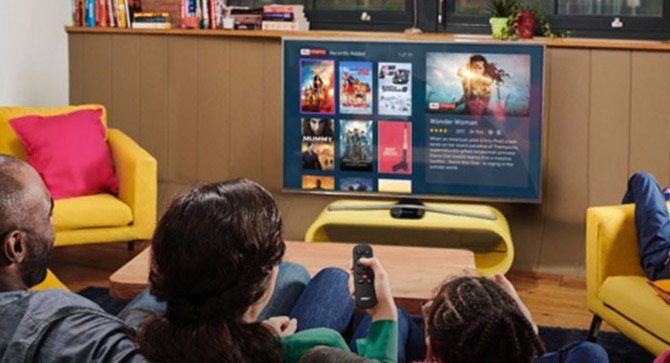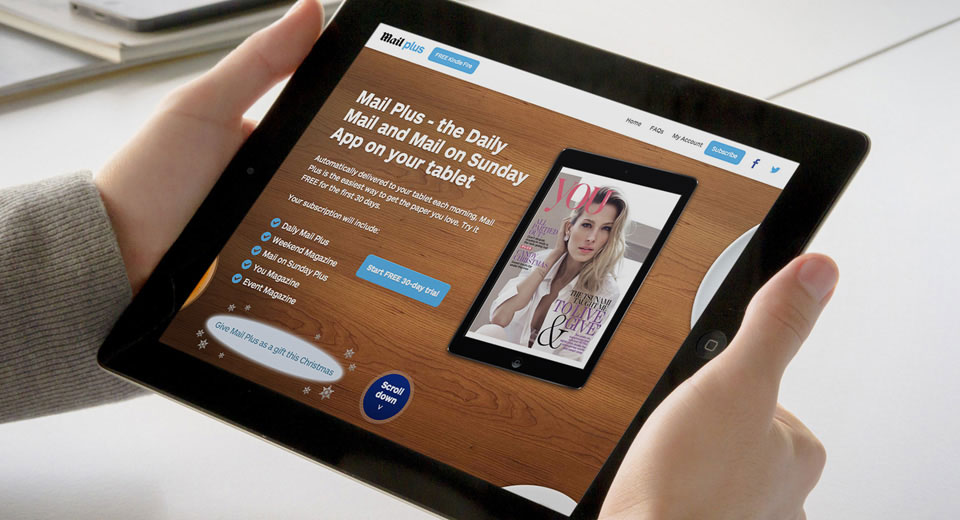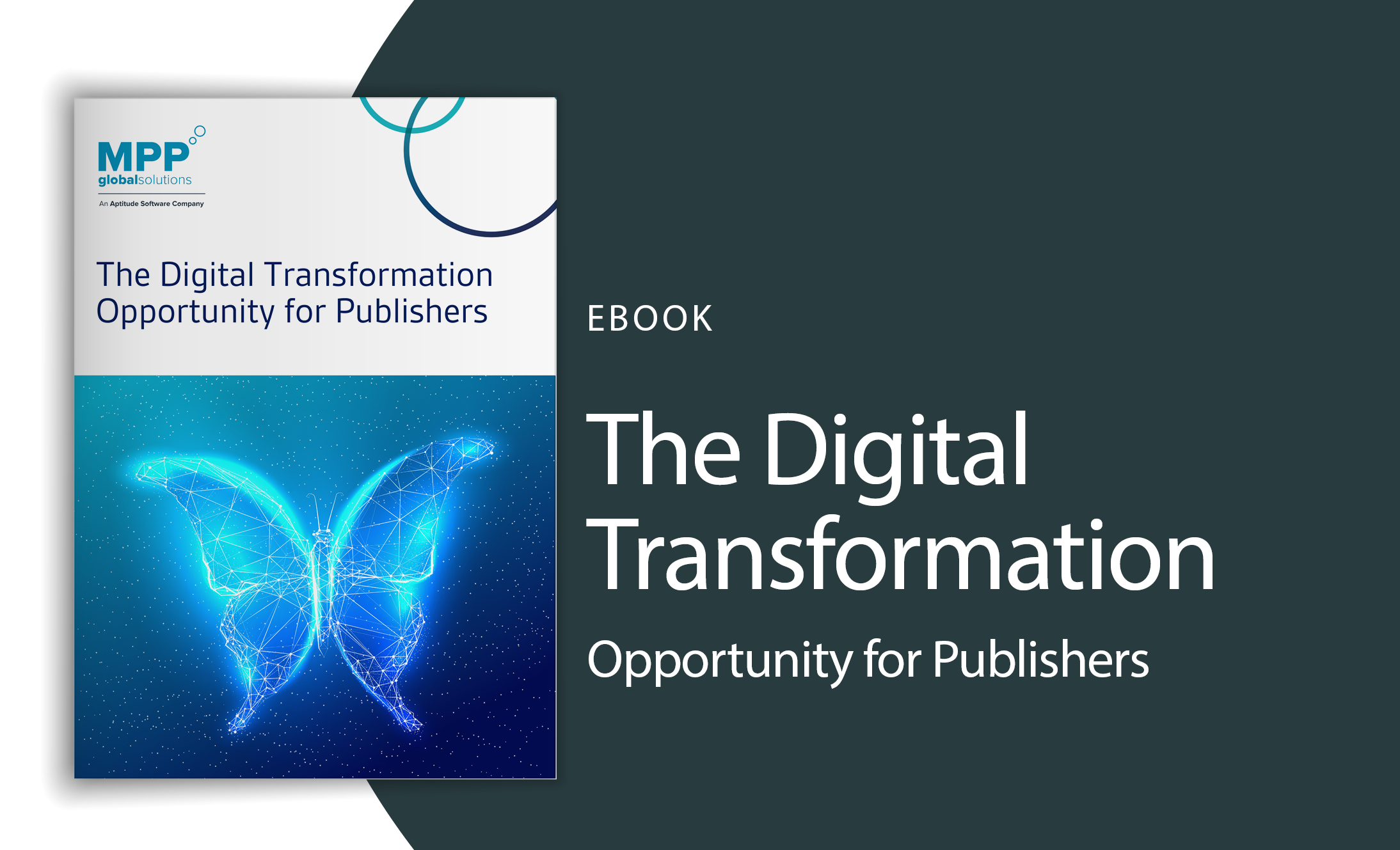Customer Acquisition: What’s Best for the Reader is Best for You

Paid content is no longer a dream, ROI’s have been realized, and digital products are bolstering profits for many publishers globally. Conversely, consumers are increasingly willing to pay for quality, as long as it is delivered on their preferred device, and they can perceive its value. Readers of today, who access news and content on a range of devices, expect to be paying in some form to access quality content.
In our recent webinar, Winnipeg Free Press’ Christian Panson addressed the importance of positioning your product so as to physiologically remove barriers to purchase. Providing a streamlined multi-device experience, coupled with a structured on-boarding process is proven to significantly increase uptake.
Implementing a Data Wall
Using metering technology, content owners can implement a data wall, or simply put a login, to gather more information about who is viewing their content. The data entered helps the organization to formulate user profiles, which can be used to create personalized products or content which they know will entice segments of audiences.
Winnipeg Free Press found that following the implementation of its log in wall, its traffic did not reduce as expected. While the newspaper was prepared for 70,000 readers logging in, in fact 180,000 entered their details . This illustrates how in order to access content they want to read; audiences are willing to submit information about themselves.
Overcoming the Fear of Payment Details
While audiences might be willing to submit their details to acquire content, one of the difficult challenges publishers have faced is where they are asking audiences to enter payment details.
Following the completion of a data wall, your customers have already provided some of their information so you have already overcome one hurdle. The next step is enticing them to pay with a proposition which is worth the money. The fact is, audiences will be willing to pay for content as long as they value it, so publishers have to ensure their content is interesting enough for audiences to want to pay for.
Offer Free Trials
So how do audiences know whether your content is interesting enough to pay for? Panson discussed how the Free Press offered registered users a free trial for a limited time to the service. This enabled readers to sample the new content and get a feel for what was available, while the Free Press was able to gather data and insight into its audience which could then be used to target them in the future. In order to access the free trial, consumers were asked to enter their payment details, which were stored and verified by MPP Global, meaning that the return visit to purchase would be as simple as one click.
Many media companies have already embraced these types of promotions, from Netflix and NOW TV to The Telegraph. The free trial had two-fold purposes, firstly to enable the Free Press to gather and verify payment details ready for purchase, but also, it allowed them to monitor consumption and at the end of the trial, recommend to each consumer the best value package, be it pay-as-you-go or a subscription.
Subscriptions vs Micropayments
Now, as every content owner knows, your consumers are not all the same. Some might consume several articles a day, while others only read a few a month. In order to reach a larger demographic and convert larger segments of its audience, the Free Press saw the benefits in not only offering a full access digital subscription, but also in providing a pay-as-you-go micropayments service which enables its readers to dip in and out of the service, in a similar way to iTunes and Amazon’s online services. The post-pay micropayments service offers a non-commitment service to the audience which means that these customers only pay for the content they actually consume, whilst at the same time removing the need to commit to ongoing costs in the future, which is another significant barrier to purchase.
Refund Functionality
No customer wants to feel like they are stuck with a purchase, whether that is an item of clothing or a digital subscription. Consumers can cancel their subscription easily enough, but offering the ability to refund your purchase yourself? That can only appeal to your audience.
Panson addressed how the refund functionality available on the Free Press’ service is already proving to be a success. Out of its “read now, pay later” customers, only 2% have actually requested a refund. This comes back again to the concept of offering content which is good value for money. The only reason a customer should be refunding a purchase is if they think the piece was not worth paying for, same as they would if they decided against a piece of clothing.
Customers want to have control over their own purchases and by offering refund functionality you are giving it them. Just another way to reduce barriers to entry.
Fulfilling the On-boarding Process
Often it’s the small and simple changes to a services UX that are the difference between success and failure. By taking a structured, educated approach to the on-boarding process, and replicating already successful iTunes style business models, publishers will convert a larger segment of their audience, and realise greater profits.
To discuss this topic with one of our experts, click here, and request a demo.
 us
us 










